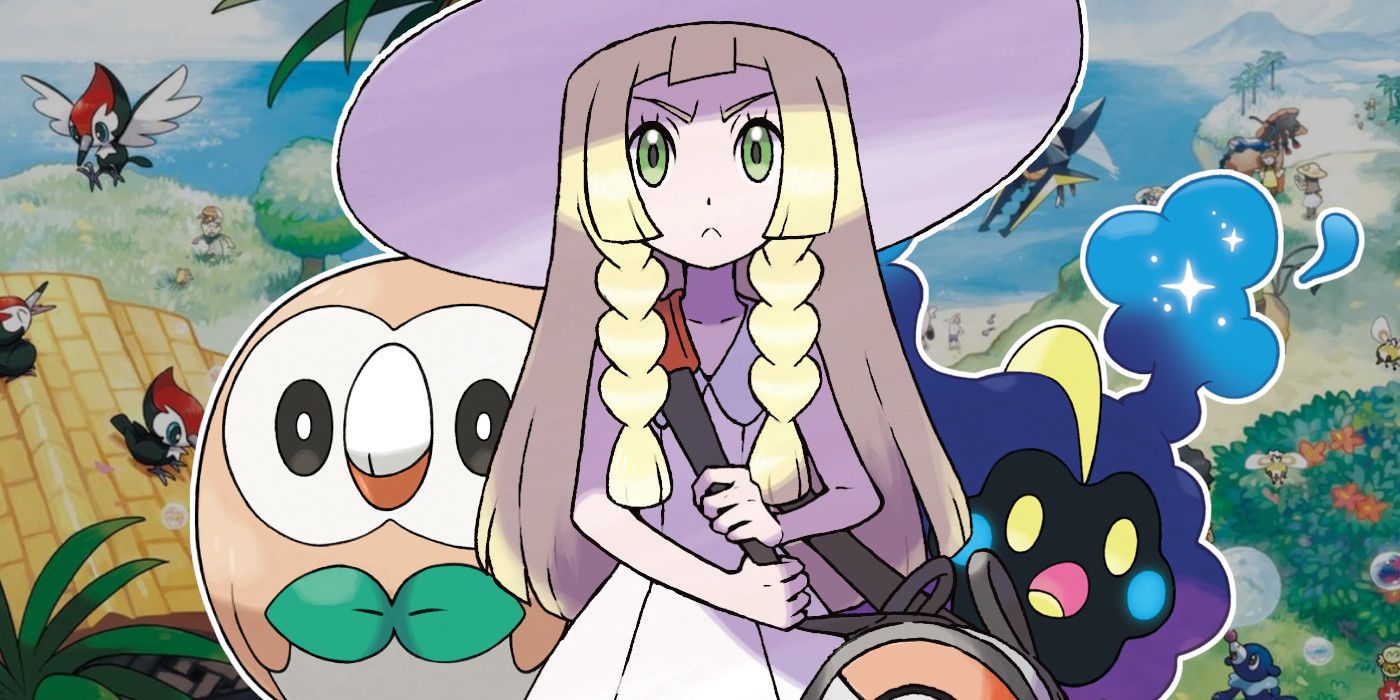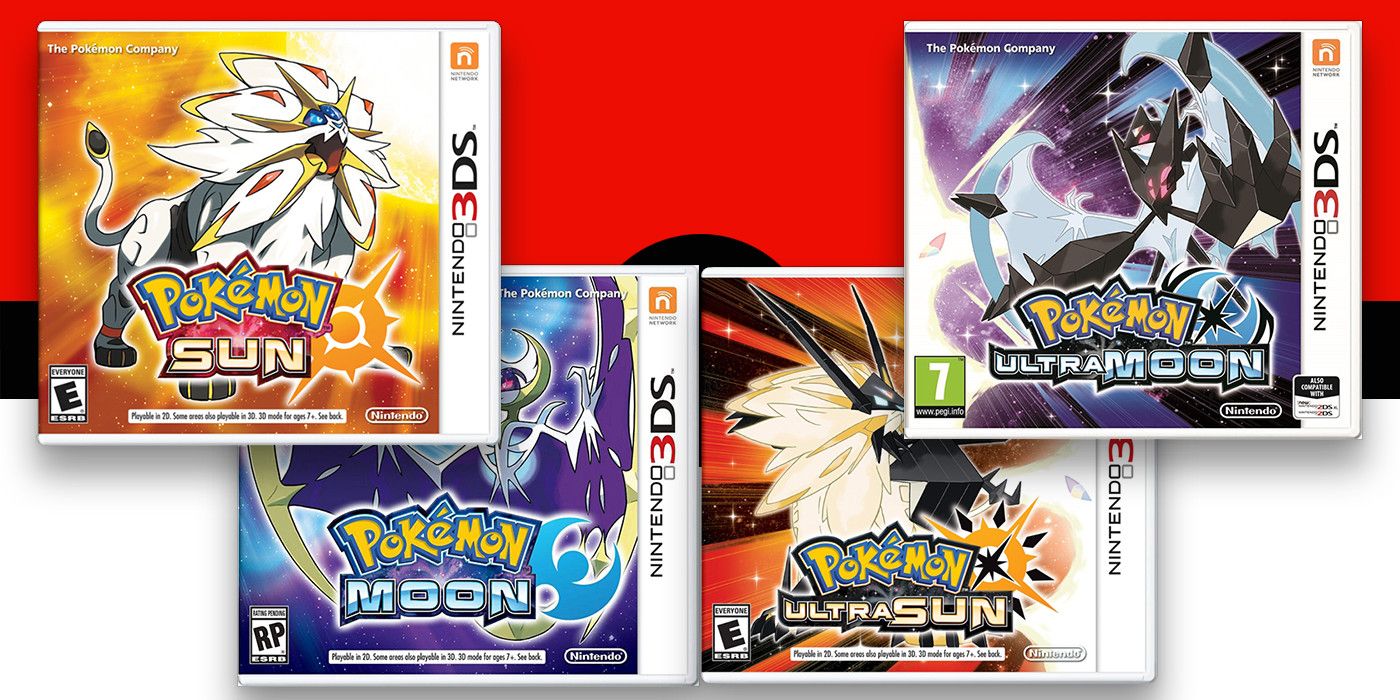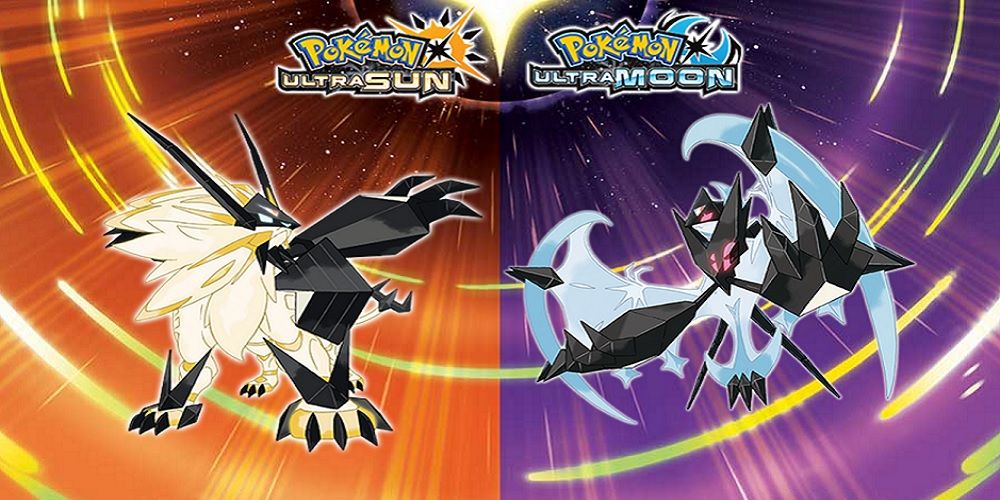Pokémon's seventh generation was advertised as a revamp of the series' long-running formula. Pokémon Sun & Moon promised to present the staples of the franchise in a new and interesting way. When the sixth generation took the series into 3D for the first time, it provided a solid but barren framework for the series moving forward. Fans were excited to see how Sun & Moon would improve on it. The seventh generation released in 2016, and would ultimately prove to be a rather divisive set of games. Did Sun & Moon do enough to build from the foundation laid by Pokémon X & Y?
Sun & Moon added an extra 81 Pokémon to the series, including some fan-favorites such as Rowlett and Salazzle. The seventh generation is particularly notable for its introduction of regional variants, new forms of existing creatures that gained new designs, types, abilities and statistics. Alolan forms were a smash hit with fans, though rather annoyingly only Kanto Pokémon were allowed to receive them. The other key addition to the Pokédex of the seventh generation are the Ultra Beasts, extra-dimensional Pokémon. The Ultra Beasts' bizarre and decidedly un-Pokémon designs have made them controversial additions to the Dex. The games still featured every previous Pokémon within them, present and accounted for.
The plot of the seventh generation is given much more focus compared to the sixth generation. The story ultimately revolves around the fan-favorite Lillie and her family, as well as the Aether Foundation's attempts to gather the Ultra Beasts. While the family drama between Lillie, her brother Gladion and mother Lusamine proves interesting, the overall plot involving the Ultra Beasts and legendary Pokémon falls flat. The true standouts of the game are Team Skull and its charismatic leader, Guzma.
The seventh generation notably carries over many features and mechanics from the sixth, a surprising move from a series so notorious for scrapping beloved features. Pokémon Amie returns as Pokémon Refresh, Hyper Training re-appears and Mega Evolutions remain, though no new forms were added. This lack of new Mega Evolutions is due to the generation's original gimmick, Z-Moves, effectively taking their place. Z-Moves are incredibly powerful, one-time use attacks that can be utilized by Pokémon if they hold the correct Z-Crystal. Z-Moves feel like a watered-down version of what Mega Evolution tried to accomplish, and prove to be uninteresting in comparison.
Generation seven does amp up the difficulty slightly with Sun & Moon, though it wasn't until Pokémon Ultra Sun & Ultra Moon that the generation would provide a decent challenge. The Ultra games are not sequels, but more akin to traditional third versions such as Pokémon Emerald. Unlike Emerald however, the Ultra games are considered weaker than the originals. Aside from some new mini-games, aesthetic changes and new Ultra Beasts, these games do little to justify the purchase for any fan that already owns the original Sun or Moon, especially when many consider Ultra's story to be weaker.
Generation seven once again fails to include any substantial post-game activities. Aside from catching the Ultra Beasts and other legendaries in Ultra Sun & Ultra Moon, there is only really the Battle Tree to speak of, which is a re-skinned Battle Tower. The only standout element of the Tree is the inclusion of classic characters Red & Blue, though this merely continues the trend of the series relying too heavily on Kanto nostalgia. That said, Pokémon attempted to try something new with Alola, breaking away from the traditional gym structure and replacing them with Island Trials. Unfortunately, these Trials end up feeling like pointless busywork before boss battles rather than a new and innovative feature in most cases.
Graphically, the games improve on X & Y in some areas, featuring more detailed environments and characters. But, they maintain many of the same problems, such as lifeless 3D Pokémon models devoid of any charm. In many ways, Sun & Moon feel more like extensions of generation six rather than brand new games. The release of the seventh generation was around the time that fans began to more widely notice the growing issues within the franchise and for good reason. Generation seven does little to distract from its shortcomings, relying too heavily on Kanto nostalgia and gimmicks as opposed to building a meaningful gameplay experience. The Alola games ultimately squander the opportunity to build on Kalos' framework.



